NVIDIA Riva Vulnerabilities Exposes Enable Authorized Access to Cloud Environments
A critical security flaw in NVIDIA’s Riva framework, an AI-powered speech and translation service, has left cloud environments vulnerable to unauthorized access and exploitation. Trend Micro researchers uncovered two vulnerabilities-CVE-2025-23242 and CVE-2025-23243-stemming from misconfigured deployments that expose Riva’s gRPC and Triton Inference Server endpoints to the public internet. These flaws enable threat actors to bypass […] The post NVIDIA Riva Vulnerabilities Exposes Enable Authorized Access to Cloud Environments appeared first on Cyber Security News.

A critical security flaw in NVIDIA’s Riva framework, an AI-powered speech and translation service, has left cloud environments vulnerable to unauthorized access and exploitation.
Trend Micro researchers uncovered two vulnerabilities-CVE-2025-23242 and CVE-2025-23243-stemming from misconfigured deployments that expose Riva’s gRPC and Triton Inference Server endpoints to the public internet.
These flaws enable threat actors to bypass authentication, abuse GPU resources, and potentially steal proprietary AI models or disrupt services through denial-of-service (DoS) attacks.
The vulnerabilities predominantly affect Linux-based deployments running Riva versions up to 2.18.0, which lack proper SSL/TLS configuration and network isolation.
Attackers exploiting these flaws could access sensitive APIs without credentials, leveraging exposed ports (50051 for gRPC, 8000–8002 for Triton) to execute arbitrary inference requests.
This poses severe financial and operational risks, as compromised instances could result in unauthorized billing via API key theft or intellectual property loss if custom AI models are exfiltrated.
Trend Micro analysts noted that the root cause lies in Riva’s default container configurations, which bind services to all network interfaces (0.0.0.0) without enforcing client authentication.
“Even when organizations enable SSL/TLS for encrypted communications, the absence of mutual authentication allows anyone to connect to secured endpoints,” explained Alfredo Oliveira, a lead researcher at Trend Micro’s Zero Day Initiative.
This creates a false sense of security, as attackers can still abuse services or pivot to internal systems through poorly isolated Triton Inference Server instances.
Exploiting Insecure gRPC Endpoints and Triton Inference Server Exposure
The primary attack vector leverages Riva’s insecure gRPC implementation. By default, Riva deployments use plaintext communication unless administrators explicitly configure SSL/TLS in the config.sh script.
.webp)
However, Trend Micro’s analysis revealed that even secured configurations fail to validate client certificates, allowing unauthenticated access.
The following Python snippet demonstrates how attackers can establish connections to vulnerable Riva servers:-
import grpc
# Establishing insecure connection to exposed Riva server
channel = grpc.insecure_channel("target_ip:50051")
stub = riva_proto.RivaSpeechStub(channel)
# Example: Exploiting text-to-speech API without credentials
response = stub.TextToSpeech(riva_proto.TextToSpeechRequest(text="Exploit sample"))This oversight enables attackers to bypass payment systems tied to API keys and abuse GPU resources for cryptomining or adversarial model training.
Compounding the risk, Riva’s internal Triton Inference Server endpoints remain exposed through ports 8000–8002.
Attackers can directly interact with Triton’s HTTP/REST and gRPC APIs to execute inference requests or probe for model vulnerabilities.
Trend Micro identified memory corruption risks in unpatched Triton versions, where malformed inference requests could trigger buffer overflows-a vector for remote code execution.
This is exacerbated by Riva containers running with elevated privileges, allowing successful attackers to escalate access to underlying Kubernetes clusters or cloud instances.
Mitigation requires upgrading to Riva 2.19.0, which introduces client certificate validation and network isolation controls.
Administrators must also reconfigure security groups to restrict ingress traffic to trusted IPs and enforce role-based access controls (RBAC) on Triton endpoints.
As cloud providers increasingly integrate AI services, this incident underscores the critical need for zero-trust architectures in GPU-accelerated environments.
Malware Trends Report Based on 15000 SOC Teams Incidents, Q1 2025 out!-> Get Your Free Copy
The post NVIDIA Riva Vulnerabilities Exposes Enable Authorized Access to Cloud Environments appeared first on Cyber Security News.


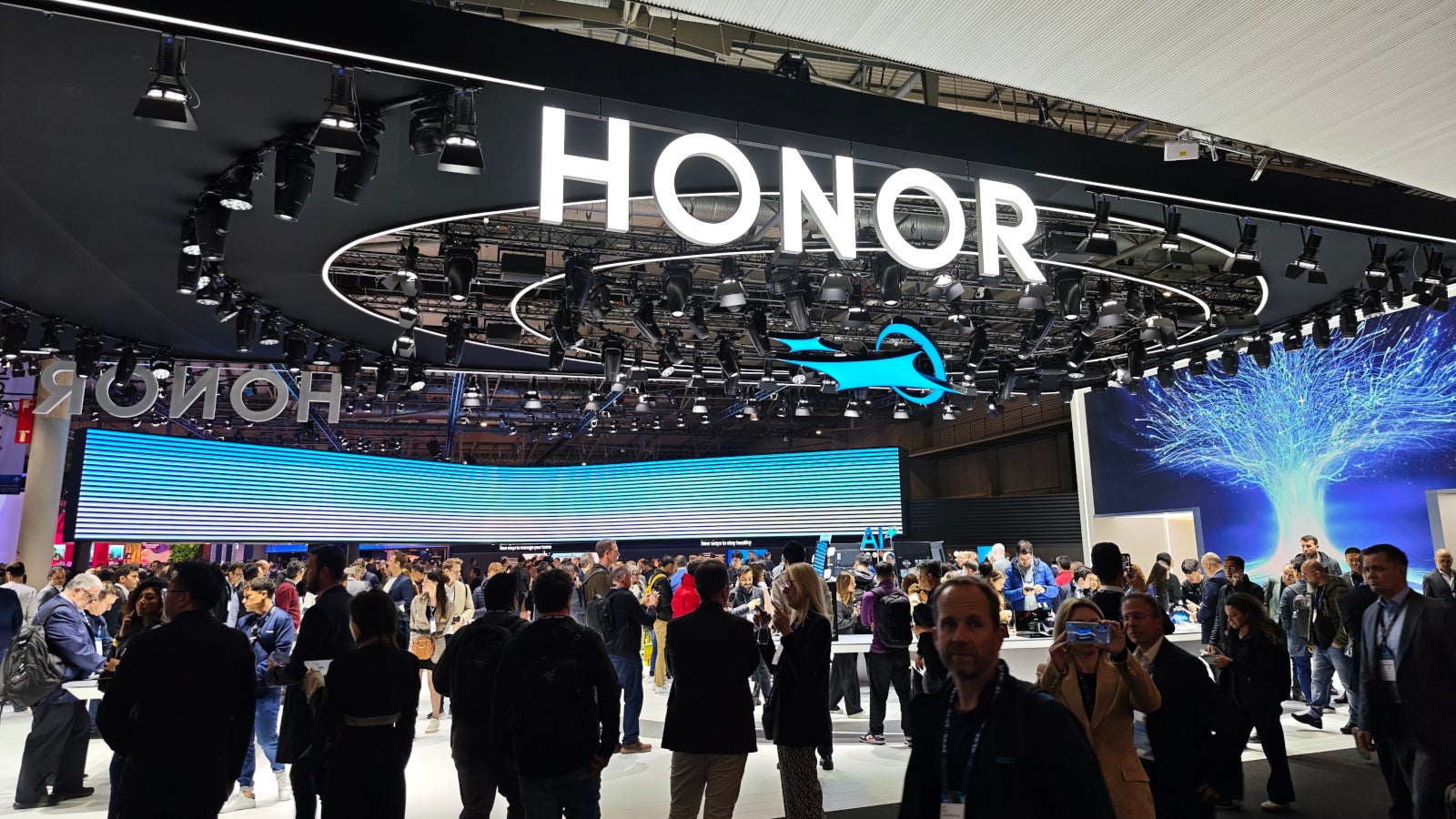


















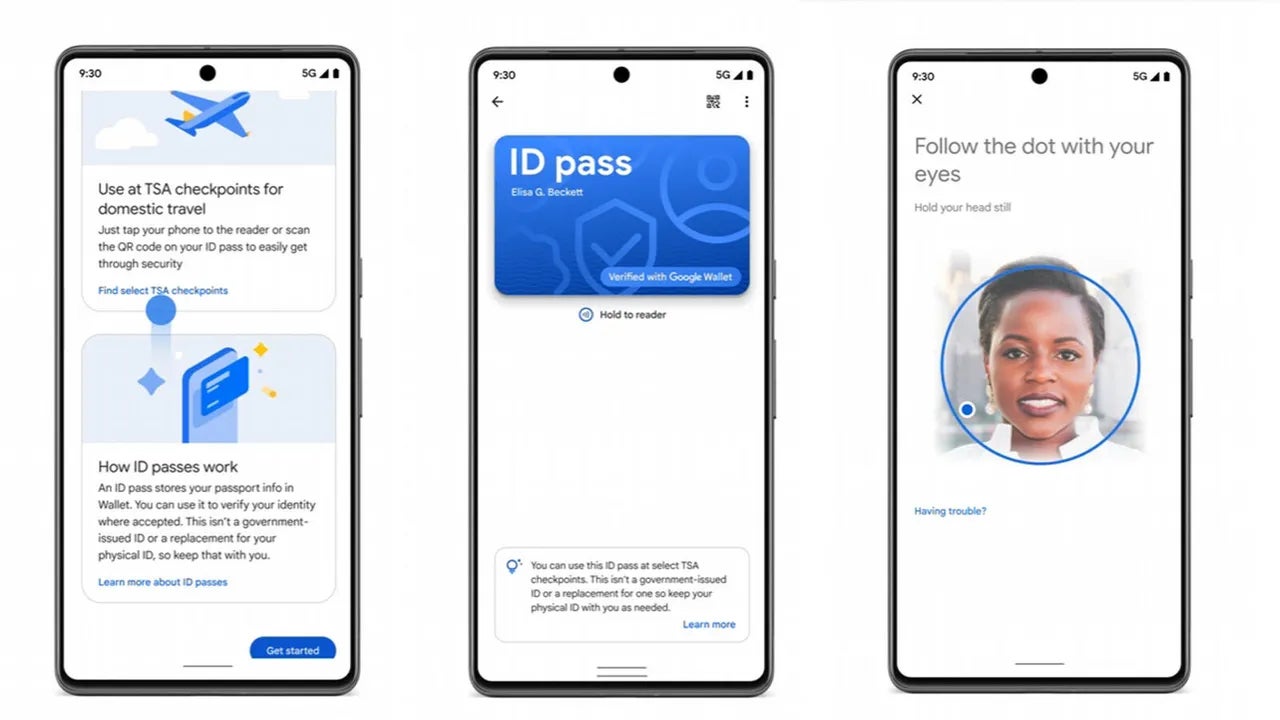




























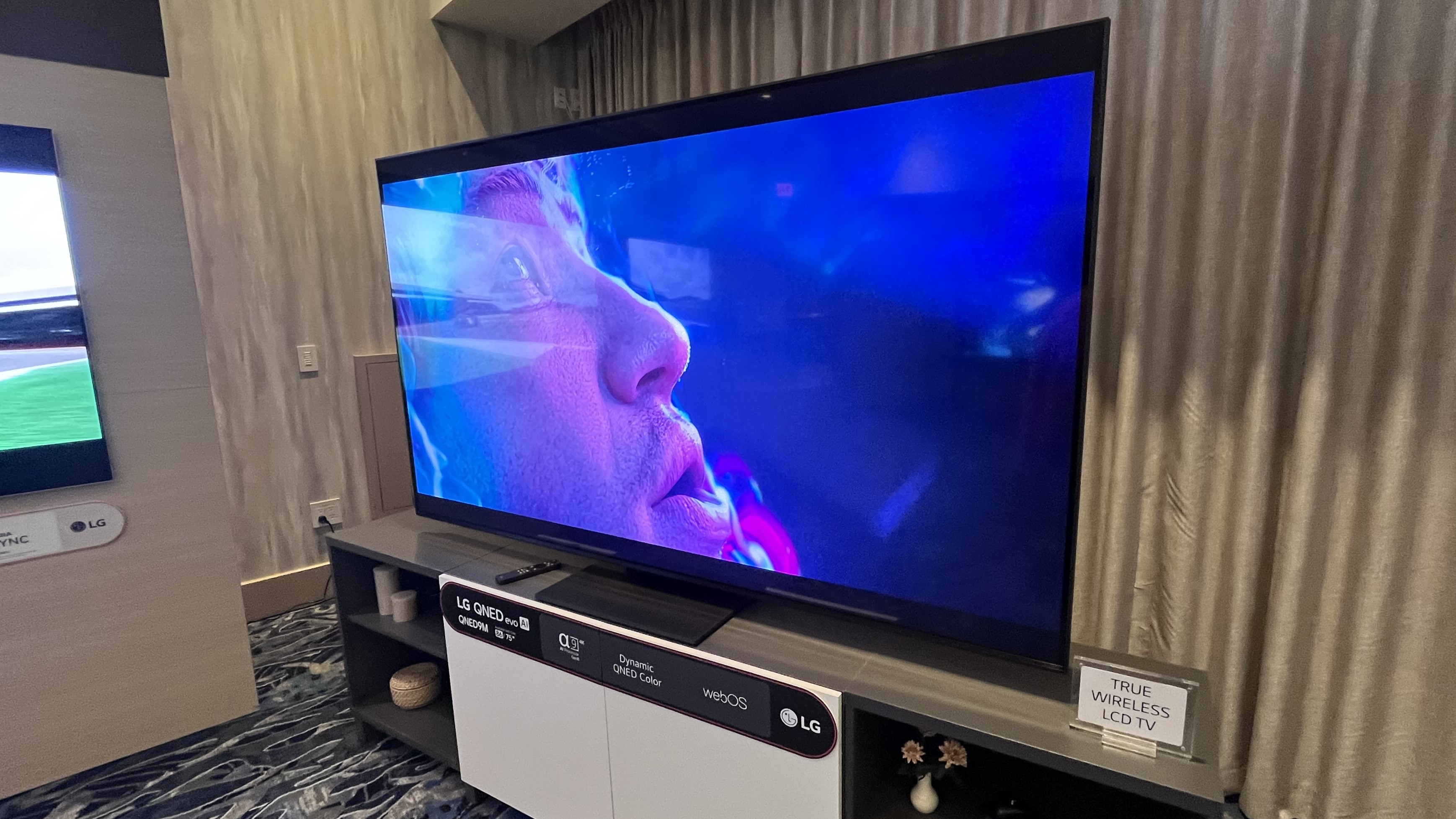




















![Standalone Meta AI App Released for iPhone [Download]](https://www.iclarified.com/images/news/97157/97157/97157-640.jpg)


















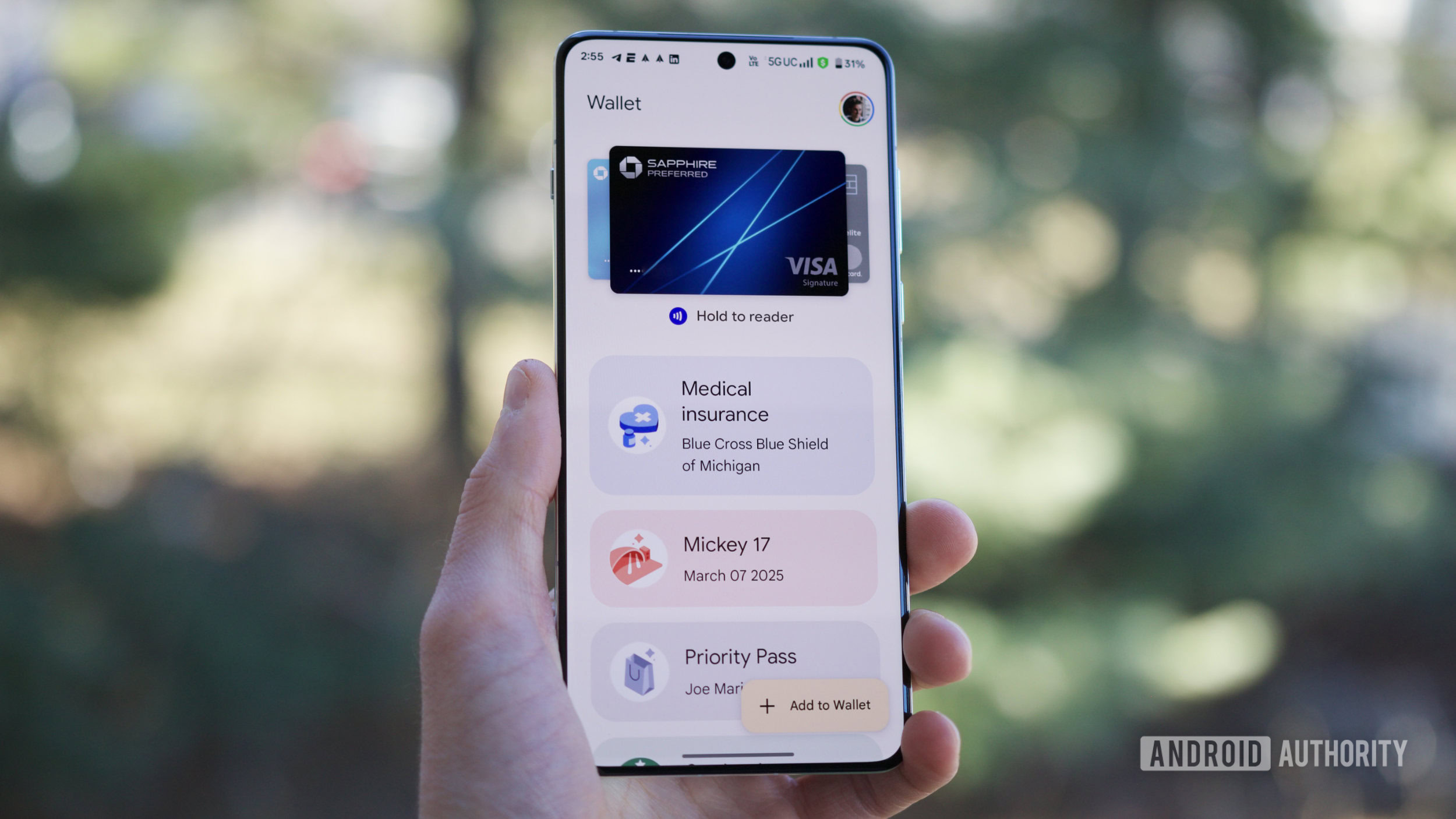



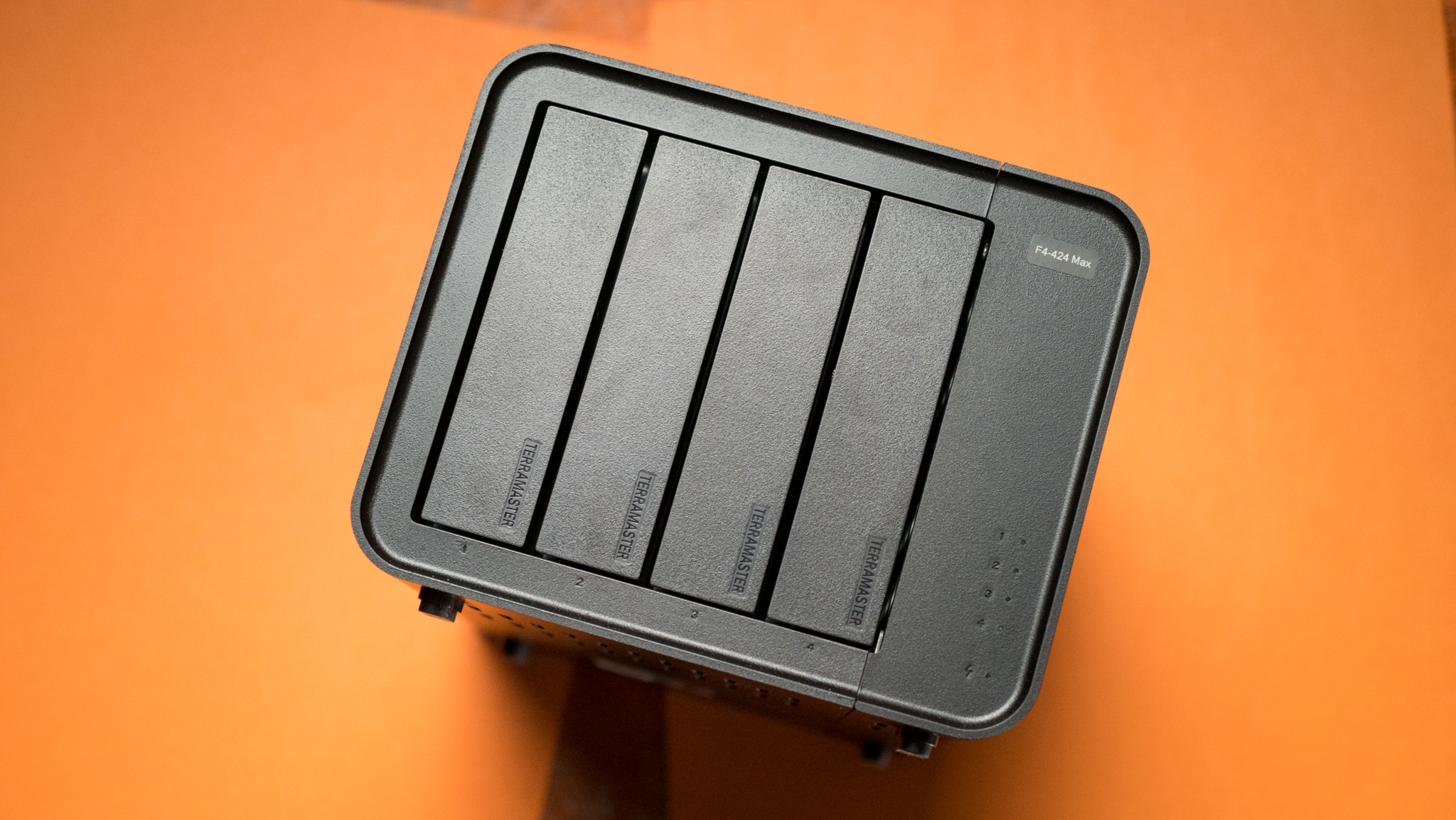

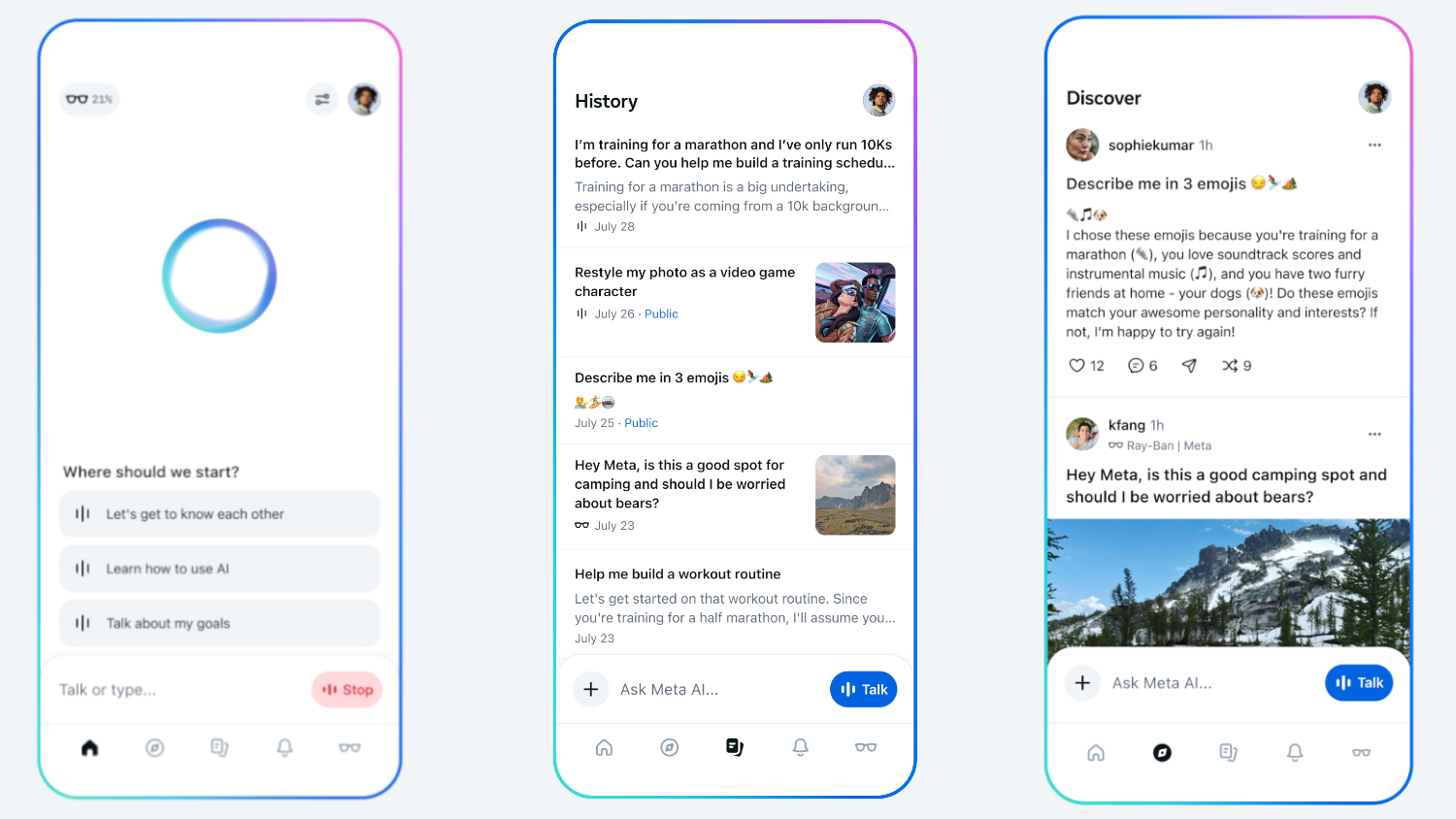



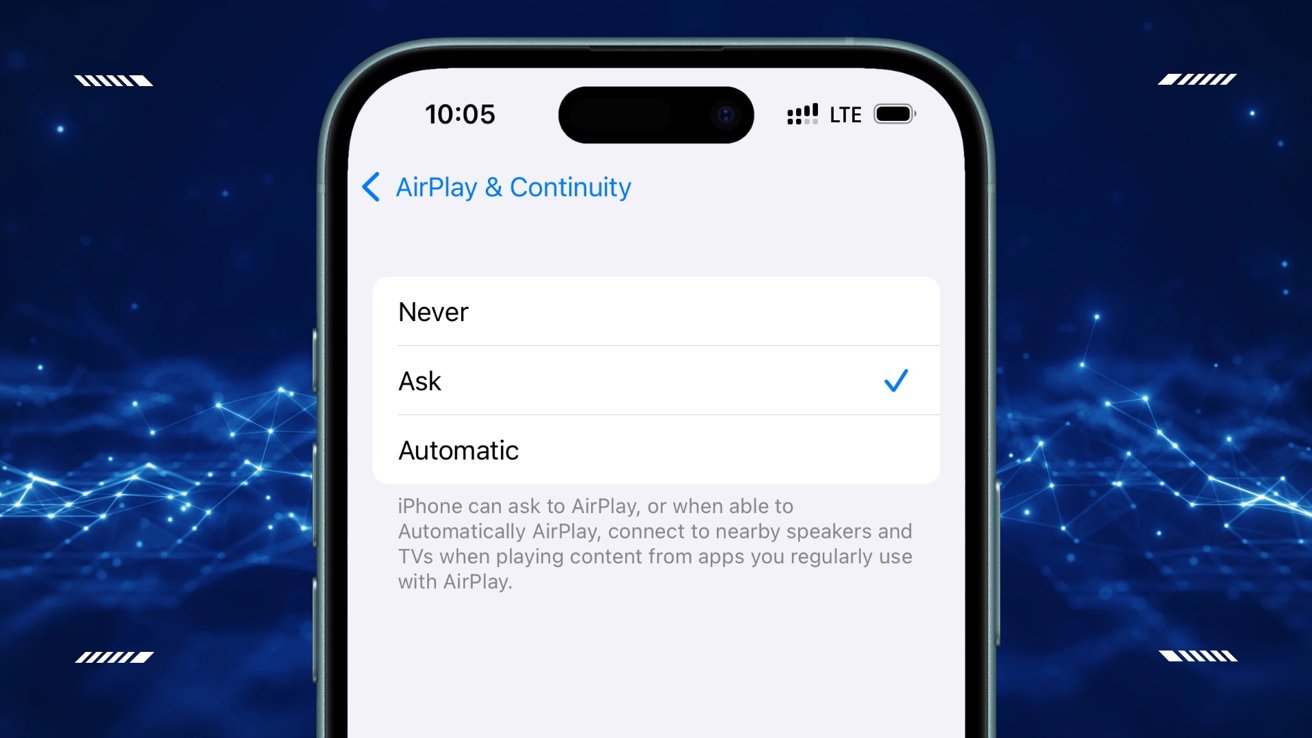
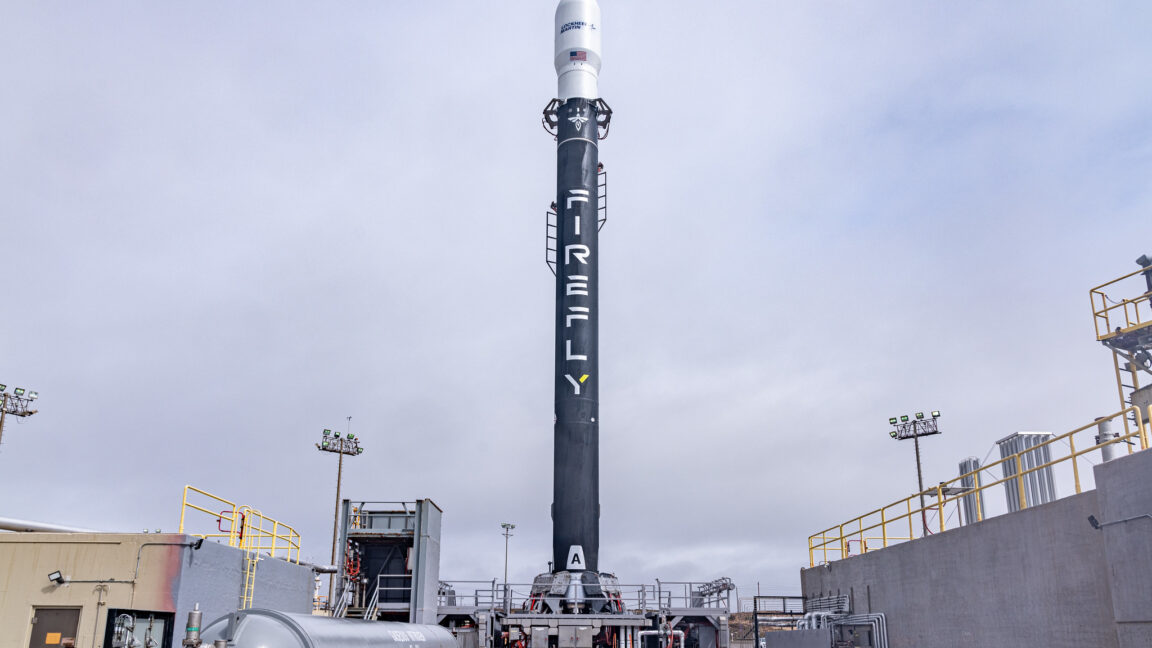












































































































































































































![[The AI Show Episode 145]: OpenAI Releases o3 and o4-mini, AI Is Causing “Quiet Layoffs,” Executive Order on Youth AI Education & GPT-4o’s Controversial Update](https://www.marketingaiinstitute.com/hubfs/ep%20145%20cover.png)





































































































































































































.jpg?#)


























































